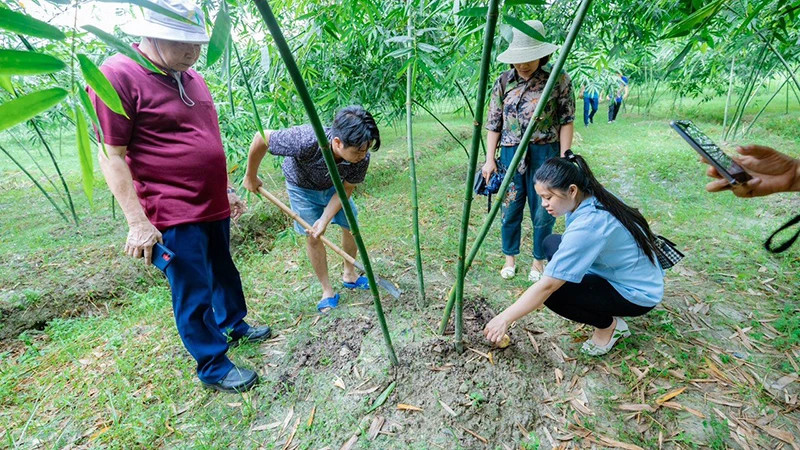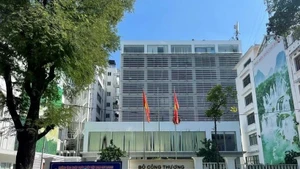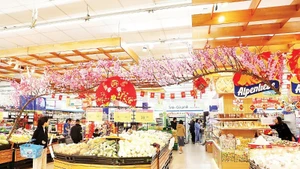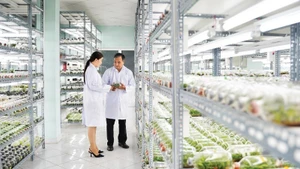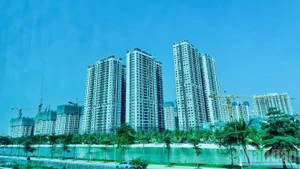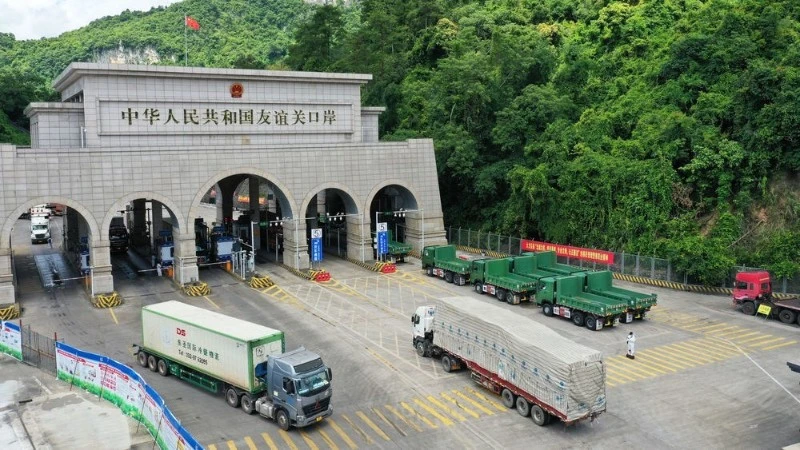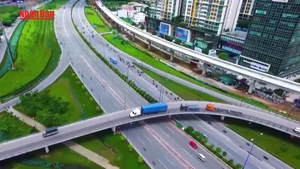In addition, the construction of new-style rural areas has been widely implemented throughout the country, creating a favourable environment for the development of agricultural tourism in rural areas.
The promotion of rural tourism is identified as one of the driving forces to foster the building of sustainable new-style rural areas, contributing to boosting the advantages and distinct values of agriculture and rural areas. At the same time, building new-style rural areas provides a foundation to facilitate the diverse and sustainable development of agriculture and rural tourism.
Ngo Truong Son, Chief of the Central Coordination Office for New-Style Rural Development, said: “There are 584 agricultural and rural tourism models nationwide, which are included in the plans to be supported by localities. In addition, the Ministry of Agriculture and Rural Development has also approved a list of 20 pilot models of agricultural and rural tourism to be deployed until 2025.”
Currently, localities and people are promoting the exploitation of diverse tourism resources associated with the unique values of rural areas with increasingly rich agricultural and rural tourism products, meeting the needs of domestic and foreign tourists.
In addition, many localities have utilised the strengths of traditional cultural values, agricultural production activities, local specialties, natural landscapes, festivals, traditional craft villages, and cuisine to create unique tourism products. Localities also pay strong attention to stimulating agricultural and rural tourism development aligned with the consumption of agricultural products, especially OCOP products.
A number of OCOP products have been selected as tourism products. OCOP products have contributed to improving service quality, attracting tourists, and increasing tourist spending.
According to the National Agricultural Extension Centre, many beautiful landscapes and traditional craft villages are the driving force to advance the development of agricultural ecotourism. Agricultural production associated with ecotourism not only contributes positively to transforming the economic structure and expanding the consumption of products, but also helps preserve and promote cultural values in rural areas while increasing the brand value of regional specialties.
In recent times, localities have had devised policies and solutions to stimulate ecotourism and community tourism, helping people increase their income and prosper on their own homeland. Several ecotourism and community tourism models have attracted a large number of domestic and foreign visitors, such as: the Con Chim community’s tourism model (Tra Vinh Province) which takes advantage of the landscape, pristine river space and gardens to further agricultural ecotourism.
In addition, there are other tourist destinations such as: the Khim Noi community’s tourism cultural village in Mu Cang Chai District, Yen Bai Province; Ban Lac Homestay in Hoa Binh Province; tours to admire the ripe rice season in terraced fields in the Northwest region; farm tourism in Dak Lak coffee gardens; tours to dragon fruit farms in Binh Thuan Province; tours to rivers and gardens in the Mekong Delta regions; and more.
Despite the limited agricultural cultivation area, Bac Ninh Province has many advantages to develop tourism in general and community ecotourism in rural areas in particular. In addition to spiritual and cultural tourism and national and provincial historical and cultural relics, Bac Ninh has hundreds of traditional festivals and a large number of traditional craft villages.
Furthermore, the province has 72 high-tech cultivation facilities, more than 30 production facilities certified by VietGAP, and over 50 vegetable and flower production greenhouses and net houses. The whole province currently has 167 provincial-level OCOP products that meet 3-star and 4-star standards. Therefore, developing ecotourism, agricultural, rural and craft village tourism has been and is currently a new resource and driving force for local economic development.
The province features a number of establishments and farms that have invested in forming agricultural production models aligned with eco-tourism, generating high economic efficiency, such as the model of the Binh Duong agricultural production and trade service cooperative in Binh Duong Commune, Gia Binh District. The cooperative covers an area of about 7 ha, growing fruit trees such as: black grapes, guava, jackfruit, papaya, etc., applying high technology and ensuring VietGAP standards.
Tourists can visit the farm to experience agricultural production and buy agricultural products. Liem Anh High-tech Organic Agriculture Cooperative in Viet Doan Commune, Tien Du District, converted clean vegetable farming to grape growing. It currently provides customers with tours to visit the farm and experience grape products.
However, rural tourism is currently facing difficulties due to the lack of planning for agricultural and rural tourism. Rural tourism models remain spontaneous and fragmented, leading to difficulties in tourism management and promotion. They often provide simple day trips and experience services.
Ecotourism and rural community tourism have not attracted many tourists due to inadequate management and operation capacity and the communication work.
Localities need to review and evaluate the values of their resources and potential for developing typical rural tourism. They should have policies on land use, infrastructure investment, and rural tourism management based on regional and local planning, ensuring linkage of destinations between provinces and regions.
It is also necessary to support the preservation, restoration and development of traditional agricultural production activities and craft villages for experiential tours.
